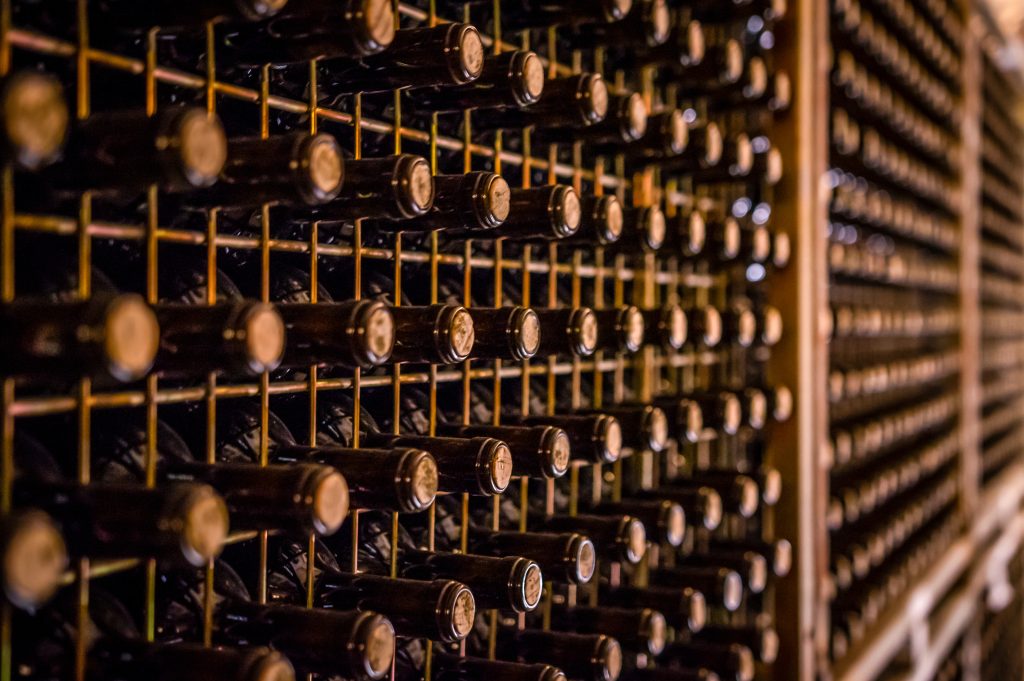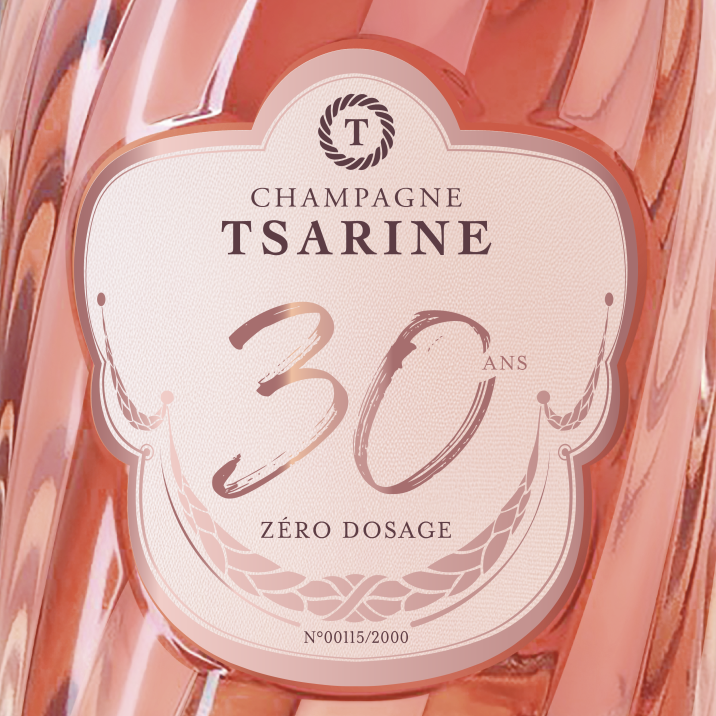What does Q4 hold for fine wine?
Following a volatile few months on the secondary market, db asks some of the major fine wine players what the prognosis is for fine wine is in the fourth quarter and beyond.

Last month, a report from Liv-ex noted “pockets of strength” during Q3 that possibly hinted at the potential stabilisation of the fine wine market, following a volatile September, with Q4 likely to reveal which direction the market heads in. The hope for a turnaround appears to have been dashed by the October figures however, published yesterday, which show an acceleration in the decline in the Liv-ex 1000 during October.
Bearing this in mind, what might Q4 look like and where is the market heading?
Speaking to the drinks business last week – before the October numbers were fully crunched – Liv-ex’s Robbie Stevens, territory manager of the Americas, said the market was likely to continue to be muted.
“Judging on where the market is where we’re seeing prices transact at and listings happen, the decline continues. I don’t think we’re going to see a bucking the trend there,” he told db.
There was a bit of a slowing down in terms of the downward pressure during Q3 he noted, which he attributed in part to the competing demands of fine wine businesses and merchants, where one side wants to sell stock having had a slower few months, and is prepared to reduce prices to do so, with others see this as an opportunity to snap up stock at prices that haven’t been seen for a few years.
“I think we started to see that back in May and June when the en primeur 22 [campaign] wasn’t what everyone hoped it would be,” he said. “Then there was this summer lull of buying and then in September October, we started see those prices come down again, as people have reflected on how their Q3 has panned out.”
There is, he pointed out, a need for merchant to continue to sell wine.
“Speaking anecdotally to merchants, there are people who have seen significant drops in their Q3 numbers versus what they would have expected to have seen and certainly their Q1and Q2 numbers,” he added.
“People are trying to work out where the bottom might be,” he added – but as the October figures have since shown, we haven’t quite reached it yet.
There is demand however, which Stevens noted is coming from private clients, even though interest rates, inflationary pressures and currency fluctuations are still operating as headwinds. Meanwhile the uncertainty caused by the ongoing war in Ukraine and the new conflict in the Middle East – with its knock-on effect both of those have on the price of oil and commodities – may be dampening that demand and making people wary.
The result, he notes a “flight to quality” and the big blue chip names, as one would expect in these circumstances.
This trend has also been seen at BBX, Berry Bros & Rudd’s fine wine platform, according to BBX’s secondary market specialist Charlie Montgomery. He agreed that the classics have really risen to the top as people “focus on what they know best”.
“Classic vintages from Bordeaux from the top châteaux are being really solid,” he explains, with clients seeming to be managing their cellars more keenly.
“We’ve certainly seen a lot of consolidation recently where people have been bringing all their wines into one place, and as a result, realising they had a little bit more than they thought they had in the first instance,” he notes. As a result, they are selling those wines that they might not drink in the near future in order to “trim the fat”.
“They were probably quite happy to hang on to [those before] but given the conditions at the moment that they’re becoming a little bit more lean with their cellar management,” Montgomery explains.
Partner Content
As a result there has been a lot of lesser-known Bordeaux and drinking wines trading at the lower level, as well as some more unique wines at the top level, he says, pointing to a ’61 Mouton and ’82 Mouton that changed hands recently.
“There is always demand for drinking wine and people are loving the classic vintages,” he adds. “Bordeaux 2005 is doing really well at the moment and those wines are just coming into their drinking window.”
There is also more Burgundy coming through, he notes, indicating “green shoots of recovery”.
While he argues that the summer is always a bit of a challenge and people are tightening their belts across the board, “there’s been a little bit more increased activity in the last month or so, which I’m pleased to see.”
This has been driven by globally, he notes, with some interesting sales in Singapore of “good Grand Cru red Burgundy from some great vintages”, as well as to clients in the USA, which is Ireland and the UK. There has also been a positive increase of the number of BBX users in terms of both buyers and sellers, even though the value of the wines they are buying has come down slightly.
“Hopefully, we’ll see that changing and start moving up as these green shoots start coming through, But it’s fascinating to see the numbers of users growing and that’s a positive for me, because once prices start to pick up, then the audience [sellers] have is on the rise.”
Static market
Bordeaux Index head of investment Matthew O’Connell, who is CEO of LiveTrade, is also positive, seeing the current market as part of a historical cyclical trend.
“We’re actually a month into Q4 but it’s become pretty clear to me that I don’t expect substantial further downward pressure on prices,” he told db in late October. “I think this is a similar pattern, the most previous phases of the wine market which tend to be single digit declines for some period, by the way, it’s not necessarily just a few months, but single digit declines. And then at some point, the further upwards phase.”
The story of the summer was largely Champagne and Burgundy “coming off the boil with slowing growth of single digits”, he noted, an unsurprising scenario given that the market has been “pretty static”.
“Ultimately, if something goes up 60 or 70%, it generally settles a bit lower,” he told db, although Bordeaux Index was seeing prices on Burgundy that was “not dissimilar to middle of last year”.
Bordeaux remained muted following an “unhelpful” en primeur season, he said, however “prices are showing that this is not a market in significant decline”. Meanwhile there was some reversal in the trend for Champagne, with prices “generally ticking back up a bit,” he said.
The challenge, O’Connell says, is the continued static nature of the market, however he is more optimistic for next year than he has been for this year.
“It’s an extremely static market at the moment activity-wise and there can be no market momentum in the market of low activity,” he explained. “But the pricing pattern looks pretty similar to historical cycles, which for me is signification,” he said.
“It’s hard to put a timer on it, but I’m fundamentally more optimistic about next year than this year.”
Related news
'Rare buying opportunities' as fine wine prices hit a five-year floor




